AET Blogs
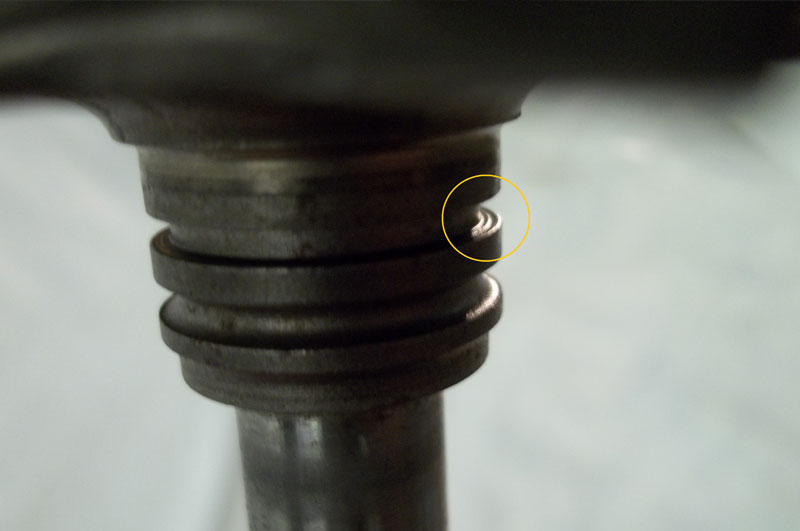
Turbine Shaft & Wheel – Worn Piston Ring Seal Groove (b)
Here, you can see a different example of wearing damage to a piston ring seal groove – in this case, the face on the inside of the groove has been worn away, so that it now has a lipped edge.
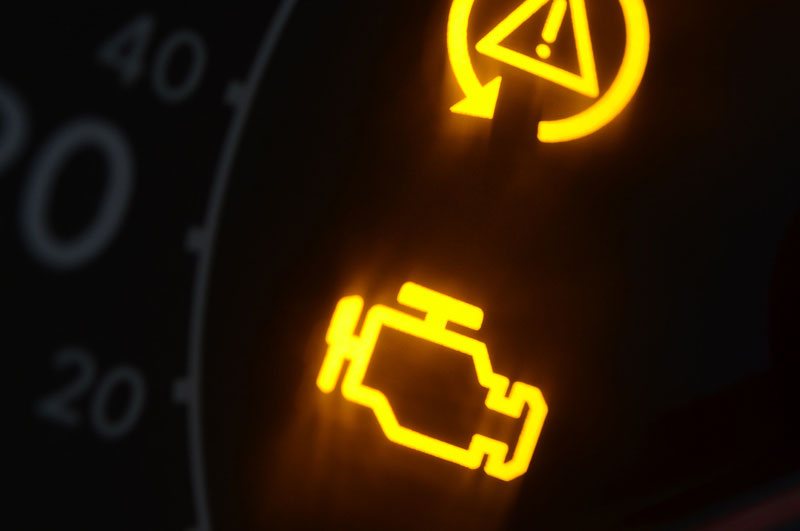
Know the warning signs – how to tell when your turbo is failing
Oil problems, debris, overspeeding, wear and tear…there are a number of different things that can cause a turbocharger to fail, but catching a problem early can save you a lot of time, money and hassle in the long run. At AET, we’ve been helping customers with their turbochargers since 1974, and in this post, we…

Turbine Shaft & Wheel – Worn Piston Ring Seal Groove (a)
This example shows a worn piston ring seal groove – in the image, you can see that the outer edge of the piston ring seal groove is sloping outwards, when it should be straight.

Turbos and temperature – summer weather and turbocharger performance
One common question that we often get from customers is why turbochargers perform differently depending on the time of year, temperature and weather. Generally, these customers have noticed a significant drop in performance on hot summer days when compared to cooler spring and autumn nights. Whilst this is a common trait amongst all turbocharged vehicles,…
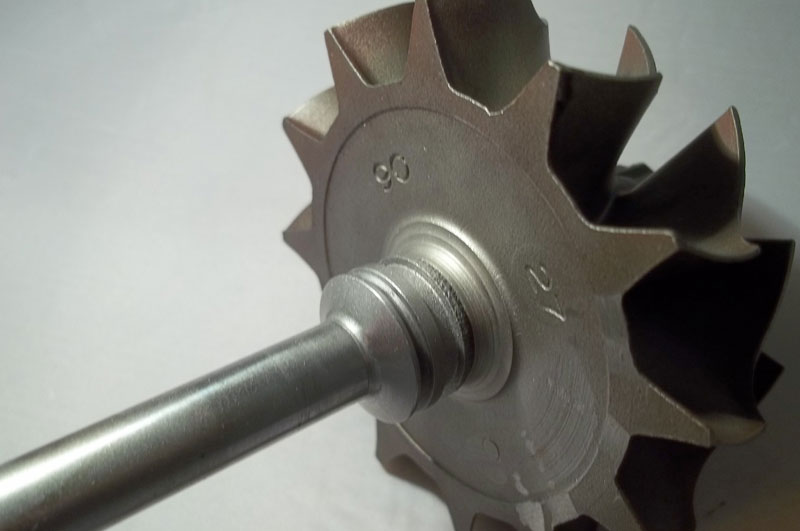
Turbine Shaft & Wheel – Corroded Piston Ring Seal Area
In this image, you can see some moderate corrosion to the piston ring seal area of the turbine shaft – the surface of the metal has become worn, pitted and roughened.

Turbine Shaft & Wheel – Broken Turbine Wheel Base
This image shows a damaged turbine wheel base – look closely and you can see that the base has several sections cut out of it, which have been chipped off.
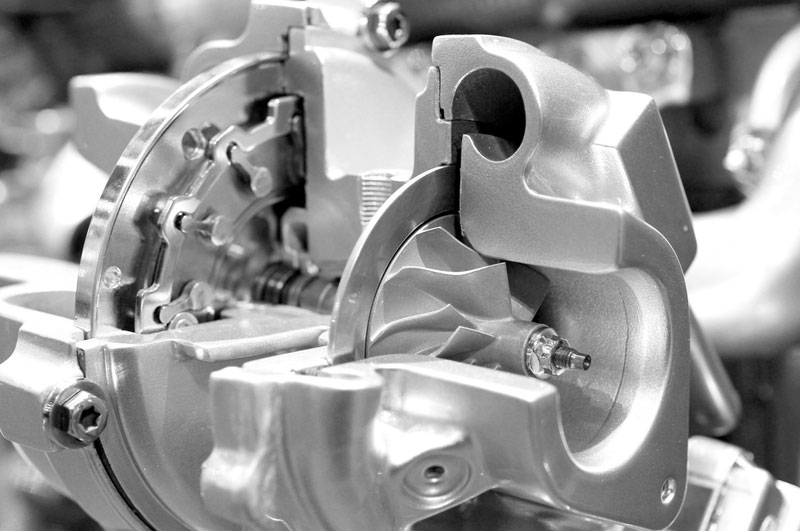
Meet the Manufacturers – Introducing the leading names in Turbocharging
Last month on the blog, we looked at where big automotive brands get their turbochargers, and learnt that the vast majority of the big car companies actually buy in their turbos from other companies. In this month’s post, we’re going to look at some of these specialist turbocharging companies in a little more detail, exploring…

Turbocharging basics – how to tell if your car engine is turbocharged
At AET, we’re really passionate about turbocharging – but we understand that not everyone feels the same way, and that lots of people simply aren’t interested in the technical side of motoring. To some, cars are a necessity, designed to take them from A to B, and they have no interest in how they work,…

Spot the difference – comparing quality turbochargers with cheap imitations
Last month, we took a brief look into the risks of purchasing poor quality turbochargers and components – and learned why it’s always better and more cost-effective in the long run to opt for high quality parts. This month, we take a closer look at some of the key differences between quality turbochargers manufactured by…
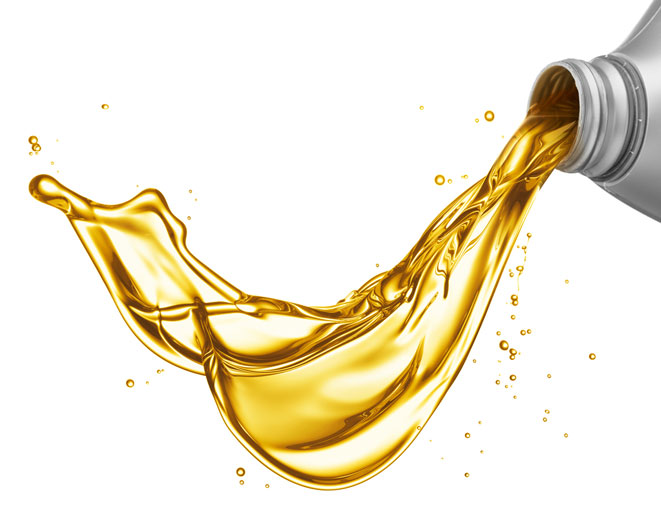
Turbo maintenance tips – all about the oil
At AET, we know that prevention is always better than the cure, and whilst we’re always here to help when things go wrong with your turbocharger, we understand you’d rather not have to use our services! As the title suggests, when it comes to turbocharging maintenance, oil has a big part to play. In this…

Forget About the Label – Where big Automotive Brands get Their Turbochargers
At AET, we do a lot of work with franchise car and commercial vehicle dealers, handling their out of warranty turbocharger repairs and replacements. Naturally, dealers want to ensure that they get the right, high quality components for their vehicles, and sometimes ask if we use “official” or “branded” turbochargers in our repair work, which…

Not All Turbos Are Created Equally – The Risk of Poor Quality Components
At AET, we’ve been working with turbochargers for 40 years – and in that time, we’ve developed a pretty comprehensive understanding about what makes a good turbocharger! Unfortunately, there are a lot of poor quality turbochargers and components available, and it can be tempting for customers to opt for the cheapest product out there –…
